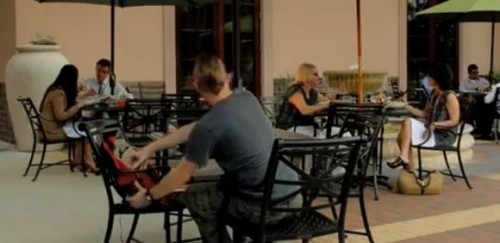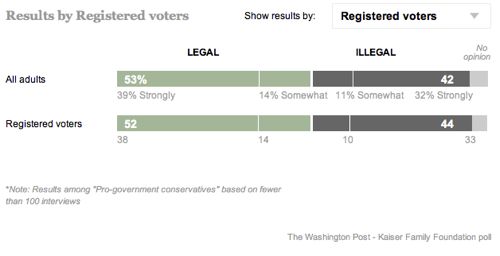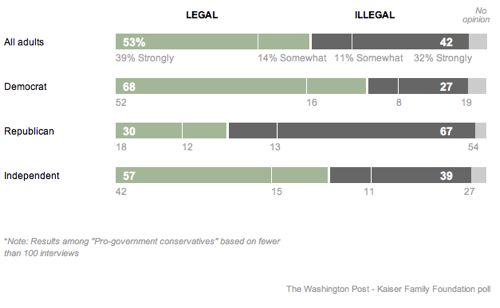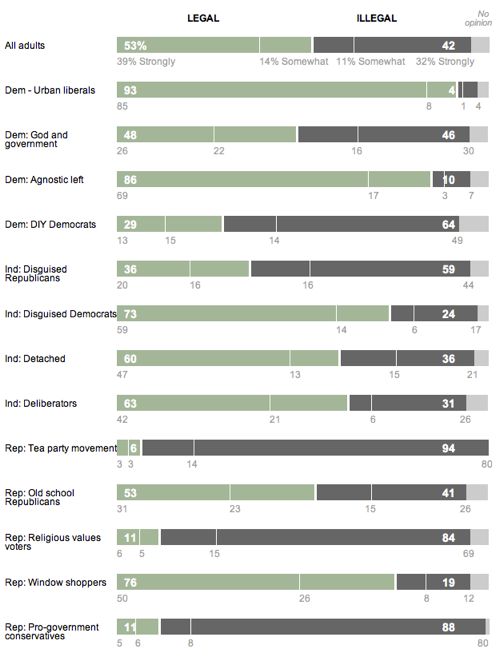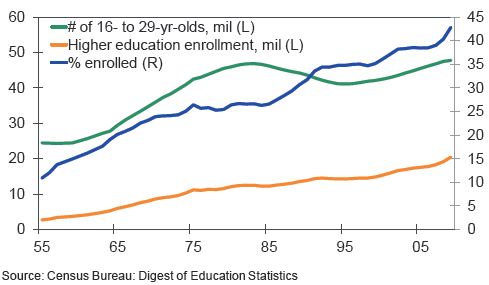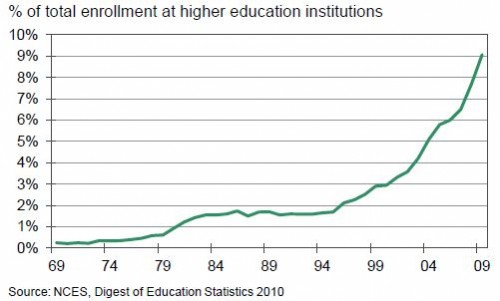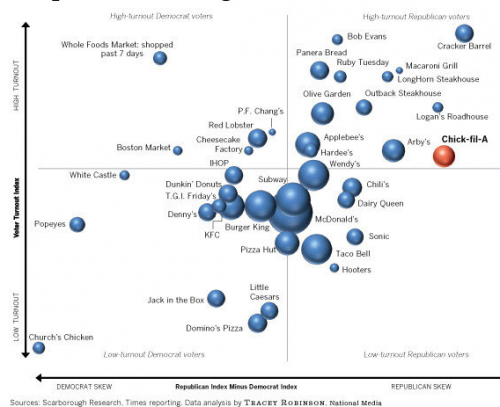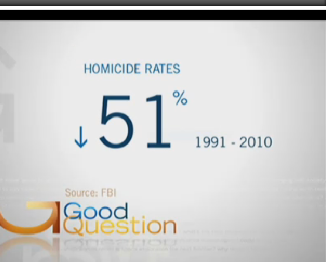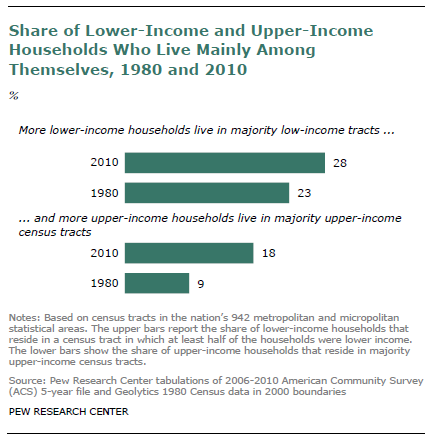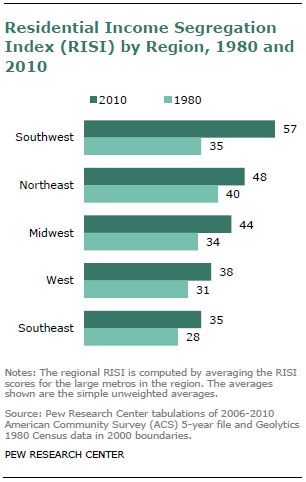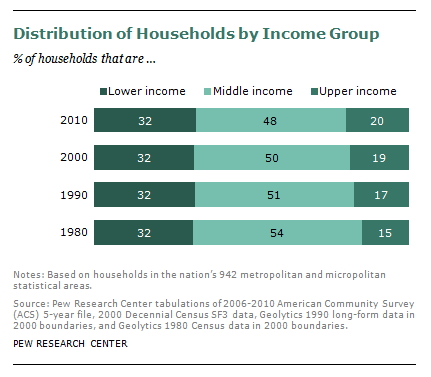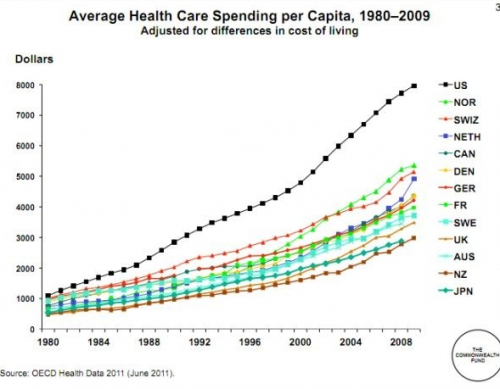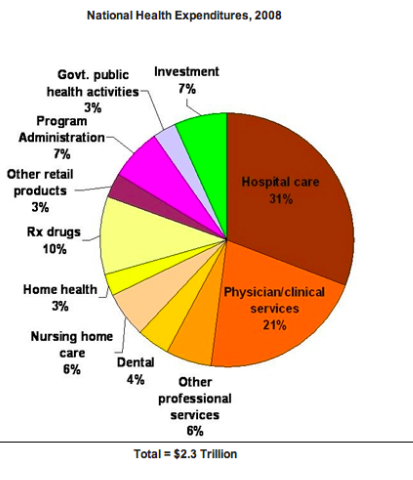Well, crap. It turns out I might be a terrorist. I wasn’t aware of this, but then Dave A. sent in a video from Houston’s Make the Call anti-terrorism initiative, and it isn’t looking good.
The evidence:
- I sometimes walk off and leave bags unattended in public spaces.
- I gather information about routines in public spaces, often sending operatives out to stand by entrances and exits. They covertly take notes, and I specifically tell them not to draw attention to themselves. Occasionally they even take photos of the layouts of public places or ask employees detailed questions about the inner workings of the organization. I have cleverly disguised these surveillance activities as sociology assignments.
- I sometimes carry small electronic gadgets that might not be immediately recognizable to every single person sitting at a cafe.
- I get cold easily and often wear sweaters or bulky hoodies in summer, even in Vegas.
- I can be kind of hyper and nervous-acting, which probably makes me “sketchy”.
- I always forget the security code at my friend Robin’s housing complex, so I usually just sneak in behind someone else.
- I have been known to park in prohibited areas.
Watch the video and see for yourself:
This method of fighting terrorism is extremely unrealistic. The behaviors listed in the video are things people do all the time, in a variety of contexts. If every citizen of Houston reported every incident they see that is mentioned in this video, the Houston PD would be overwhelmed and unable to function because of the number of calls they’d have to investigate. I’d have to call the police every time I saw a woman wearing Ugg boots in Vegas, because it’s never cold enough here to justify them.
The video tells viewers not to ignore their “instincts.” But do we have an instinct for detecting “sketchy” people or behavior? Given what we know about stereotyping and selective perception, the reality is that people will view behavior through their pre-existing beliefs. Their interpretations of behavior as unusual or inappropriate will be influenced by how comfortable they otherwise are with the person engaging in it, which is impacted by race/ethnicity, class, and many other social categories. A guy leaving a backpack unattended is scary if that guy has a mohawk or, you know, looks scary and stuff, but when I do it, no one bats an eye. This video basically legitimizes turning anyone who makes you at all uncomfortable in public in to the police, on the argument that you are simply following your “instinct.” When you ask every citizen to become an intelligence agent, reporting every incident they perceive as odd, the result is the increasing stigmatization and semi-criminalization of those who can’t or won’t conform to pretty narrow standards of physical appearance, dress, and behavior.
UPDATE: There’s an interesting discussion in the comments about how you balance the need to avoid paranoia with the fact that, for instance, some rapes on college campuses would be prevented if people didn’t leave dorm doors ajar or let people in without knowing who they are, and that’s a conversation worth having. However, I’m also interested in the issue of feasibility here: If all the citizens of Houston literally did what this video suggests, law enforcement would grind to a halt and response times would slow for everyone.
As for why I sometimes leave bags unattended in public…Because there’s nothing of value in it and I left it on an outside table while I go inside to order, or because I’m gathering a lot of books at the library and I get sick of lugging my bag while I do this and leave it on a table while I go into the stacks, or because I realize I forgot to grab something on another aisle at the grocery store and I run around the corner to grab it without thinking to grab my bag. My point isn’t that any of the things I do are laudable or even smart, but rather that people do these things, sometimes on purpose, sometimes because we get distracted or make mistakes, and it’s going to take a massive increase in law enforcement if we really want citizens to start vigilantly reporting them.

